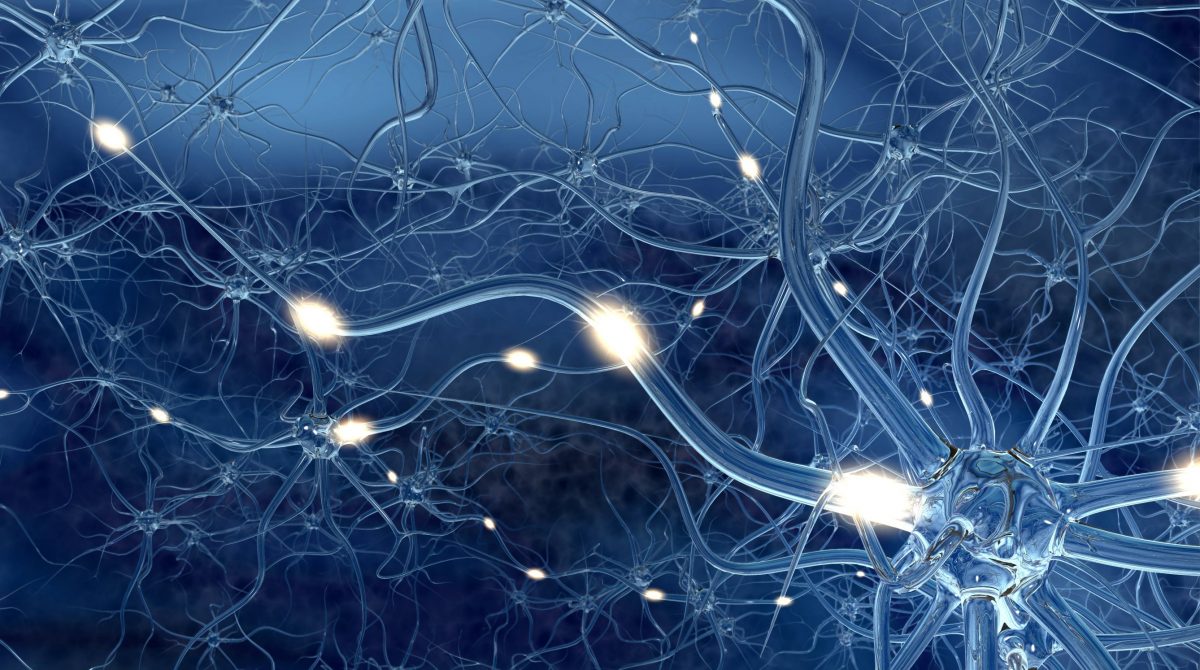Autism is a neurodevelopmental condition that affects a person’s ability to interact and communicate. One of the most common characteristics of autism is difficulty with language processing. This can manifest in different ways, such as difficulty understanding spoken language, trouble expressing oneself through spoken language, or difficulty with social communication.
This article will explore the differences in brain function observed in autistic children and adults during language processing tasks. We will also discuss potential explanations for these differences and their implications for the diagnosis and treatment of autism.
Brain connectivity in language processing in autism
Language processing involves activating specific brain regions and how these regions interact. Studies using fMRI have revealed that autistic children and adults show differences in the connectivity of several brain regions involved in language processing, such as the IFG, the STS, and the MTG.
The IFG, the STS, and the MTG are connected and form a network that plays a crucial role in language processing. Studies have found that autistic children and adults show reduced connectivity in this network during language tasks, suggesting a possible neural mechanism underlying their difficulties in language processing.
Additionally, research has shown that individuals with autism have a greater connection in networks other than those normally engaged in language processing, such as the default mode network (DMN). The DMN is a network that becomes active when the brain is at rest and not engaged in a task and is thought to be involved in self-referential processes, such as mental imagery and daydreaming. Studies have found that autistic children and adults show increased connectivity in the DMN during language tasks, suggesting a possible neural mechanism underlying their difficulties in focusing on the task and engaging with the social context.
Language processing in autistic children
In autistic children, difficulties with language processing can be seen as early as the first years of life. Research has shown that autistic children have delayed onset of language and difficulty with receptive language, which is the ability to understand spoken language. They also tend to have difficulty with expressive language, which is the ability to communicate using spoken language. Additionally, autistic children may have difficulty with social communication, such as understanding and using nonverbal cues, such as facial expressions and body language.
One study used functional magnetic resonance imaging (fMRI) to examine brain function in autistic children during a language processing task. The study found that autistic children showed less activation in the brain areas involved in language processing, particularly in Broca’s area, which is involved in expressive language, and Wernicke’s area, which is involved in receptive language. The study also found that autistic children had increased activation in the brain areas involved in attention and visual processing.
These results suggest that autistic children may have difficulty with language processing due to a dysfunction in the neural networks involved in language processing. However, it’s not clear why there is such dysfunction in the brain in autism. Still, one of the most widely accepted theories is the abnormal development of the language-associated regions in the autistic brain.
Language processing in autistic adults
While language processing difficulties are more commonly associated with autistic children, research suggests that autistic adults may also exhibit differences in brain function when processing language. An fMRI study found that autistic adults had atypical activation patterns in brain areas associated with language processing, such as the inferior frontal and superior temporal gyrus. Studies have also suggested that autistic adults may have difficulty with certain aspects of language processing, such as pragmatic language or the use of language in social contexts. For example, a study found that autistic adults had difficulty understanding figurative language, such as idioms, which is an important aspect of pragmatic language.
Implications and future research
The research discussed in this article suggests that difficulties with language processing are a common characteristic of autism in children and adults. Brain imaging studies show that people with autism have less activation in the brain areas involved in language processing, which may explain why they have difficulty with receptive and expressive language and social communication.
However, it is crucial to highlight that these studies are not conclusive, and additional study is required to understand better the brain function abnormalities in language processing in autism. Furthermore, discovering such disparities in brain functioning does not assist in explaining the aetiology of autism, much alone the symptoms or strategies to treat it.
Future research may include studying larger samples of individuals with autism to identify subgroups of individuals with specific languages. However, understanding these differences in brain function may have important implications for the diagnosis and treatment of autism. For example, brain imaging techniques such as fMRI may be useful for the early detection of autism and for tracking the effectiveness of interventions.
Future research should also investigate other possible explanations for the brain function differences observed in autism, such as genetic and environmental factors. Additionally, more research is needed to understand the underlying mechanisms that result in these brain function differences.
Summary
Overall, the research discussed in this article highlights the importance of investigating brain function differences in language processing in autism. Understanding these differences can help us better understand the nature of autism and develop more effective interventions. While it’s not always easy for parents to understand the nature of autism, it’s important to know that early detection and interventions can greatly help the child with autism in the long run. These children can learn to improve their language skills and communication by providing appropriate therapy and support.
References
Lee, Y., Park, B.-yong, James, O., Kim, S.-G., & Park, H. (2017, August 4). Autism spectrum disorder-related functional connectivity changes in the language network in children, adolescents, and adults. Frontiers. Retrieved January 11, 2023, from https://www.frontiersin.org/articles/10.3389/fnhum.2017.00418/full
Williams, D. L., Cherkassky, V. L., Mason, R. A., Keller, T. A., Minshew, N. J., & Just, M. A. (2013, August). Brain function differences in language processing in autistic children and adults. Autism research: official journal of the International Society for Autism Research. Retrieved January 11, 2023, from https://www.ncbi.nlm.nih.gov/pmc/articles/PMC4492467/







